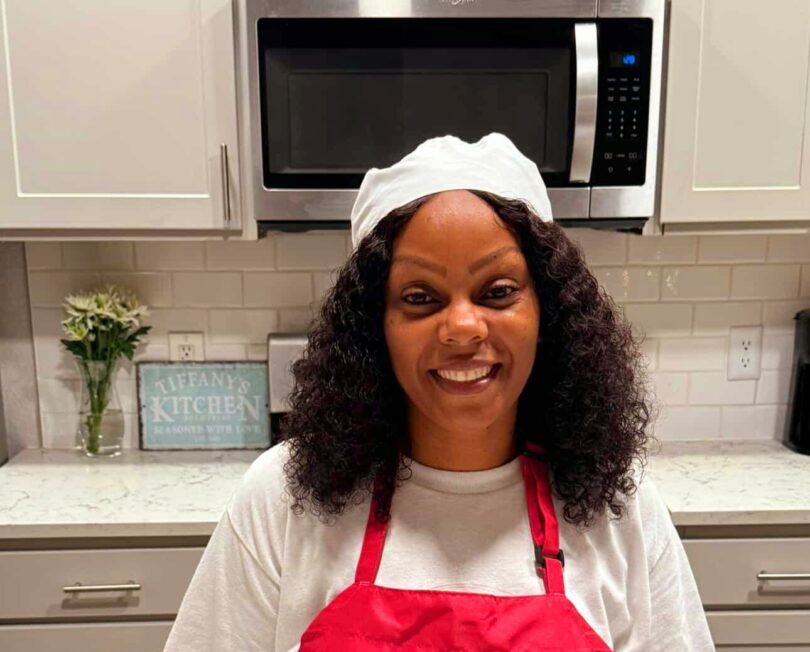We’re excited to introduce you to the always interesting and insightful Najing Cen. We hope you’ll enjoy our conversation with Najing below.
Najing, thank you so much for joining us. You are such a positive person and it’s something we really admire and so we wanted to start by asking you where you think your optimism comes from?
My optimism stems from the countless setbacks and challenges I have encountered. For instance, my first theater project, < Fefu and Her Friends>, was a journey filled with both challenges and excitement. The project had limited budget, tight resources, and time constraints. Adding to the difficulty, it was an immersive theater production, fundamentally different from traditional plays. As someone working on a theater project for the first time, I had to consider not only the audience’s interaction with the performers but also how the setting would affect their experience.
One space, in particular, left a lasting impression on me: a triangular study with holes in the walls through which the audience could observe the actors inside. This was a novel and intriguing idea, but its execution brought a cascade of issues. Would the space for the audience be comfortable enough? How could we determine the optimal height of the holes to accommodate people of different heights? Would the size of the holes affect or obstruct the audience’s view? How could we ensure accessibility for disabled audience members? And would the space meet fire safety regulations? New problems arose almost daily.
To be honest, these challenges frustrated me at times, but at the same time, I was constantly working to find solutions. Every time I resolved an issue, I felt a strong sense of accomplishment, which gave me confidence to tackle the next one. Over time, I realized that with patience and focus, even the most complex problems could be solved. This mindset became a cornerstone of my approach to challenges in later projects. No matter how difficult the obstacle, I would face it with optimism—because I knew the next problem would have a solution too.
Great, so let’s take a few minutes and cover your story. What should folks know about you and what you do?
I am a scene designer and film production designer. I have worked on numerous large-scale projects in China, including TV dramas, commercials, films, photography, and fashion installations. These diverse experiences have allowed me to find a balance between different artistic forms while continually challenging my understanding of space and storytelling.
Currently, I am based in Los Angeles, focusing on film and theater projects. I am involved in several exciting films, collaborating with creators from around the world to explore emotions and humanity in cross-cultural contexts. Additionally, I am developing two theater productions, aiming to deliver an innovative, multi-sensory experience that deeply engages the audience.
There is so much advice out there about all the different skills and qualities folks need to develop in order to succeed in today’s highly competitive environment and often it can feel overwhelming. So, if we had to break it down to just the three that matter most, which three skills or qualities would you focus on?
1. Adaptability Design work, especially in theater and film, is full of change and challenges. Whether it’s budget constraints, last-minute script revisions, or technical issues, challenges are inevitable. Adaptability means staying calm under pressure, thinking creatively, and finding solutions to problems, thereby unlocking your potential.
Advice: In the early stages, try to get involved in different projects and expose yourself to more challenges. The accumulated experience over time will teach you how to approach problems and think from different perspectives.
2. Collaboration
In theater and film design, creation is never done alone. You are part of a team and need to work closely with directors, writers, actors, lighting designers, and others.
Advice: Improve your communication skills. Learn to listen and practice how to give and receive constructive feedback. Gain experience through team projects, especially smaller ones or volunteer work, as this will help you develop this skill early on.
3. Strong Sense of Storytelling
The core of design is to serve the story. Whether it’s the layout and color usage in a stage scene or the detail work in a film scene, every design decision should enhance the narrative and resonate emotionally with the audience.
Advice: Learn different forms of storytelling—observe other works closely. Do frame-by-frame analysis of films, paying attention to the details. Understand how emotion, character, and atmosphere are conveyed through visuals.
Okay, so before we go we always love to ask if you are looking for folks to partner or collaborate with?
I am currently seeking opportunities to collaborate on film, theater, photography, and installation projects, with a particular focus on topics such as multiculturalism, feminism, and other socially relevant issues. I enjoy exploring new visual experiences through different mediums, materials, and narrative approaches, creating unforgettable artistic works. If our ideas align, we can create something truly unique together.
Additionally, I specialize in creating miniature models. If you’re an animator, video producer, or film set designer looking for collaboration, please feel free to reach out!
You can learn more about my work on my website: [https://najingcen.cargo.site/]. If you’re interested in collaborating, don’t hesitate to contact me via email: [email protected]. I look forward to exploring endless creative possibilities with you!
Contact Info:
- Website: https://najingcen.cargo.site/
- Instagram: naking_ya

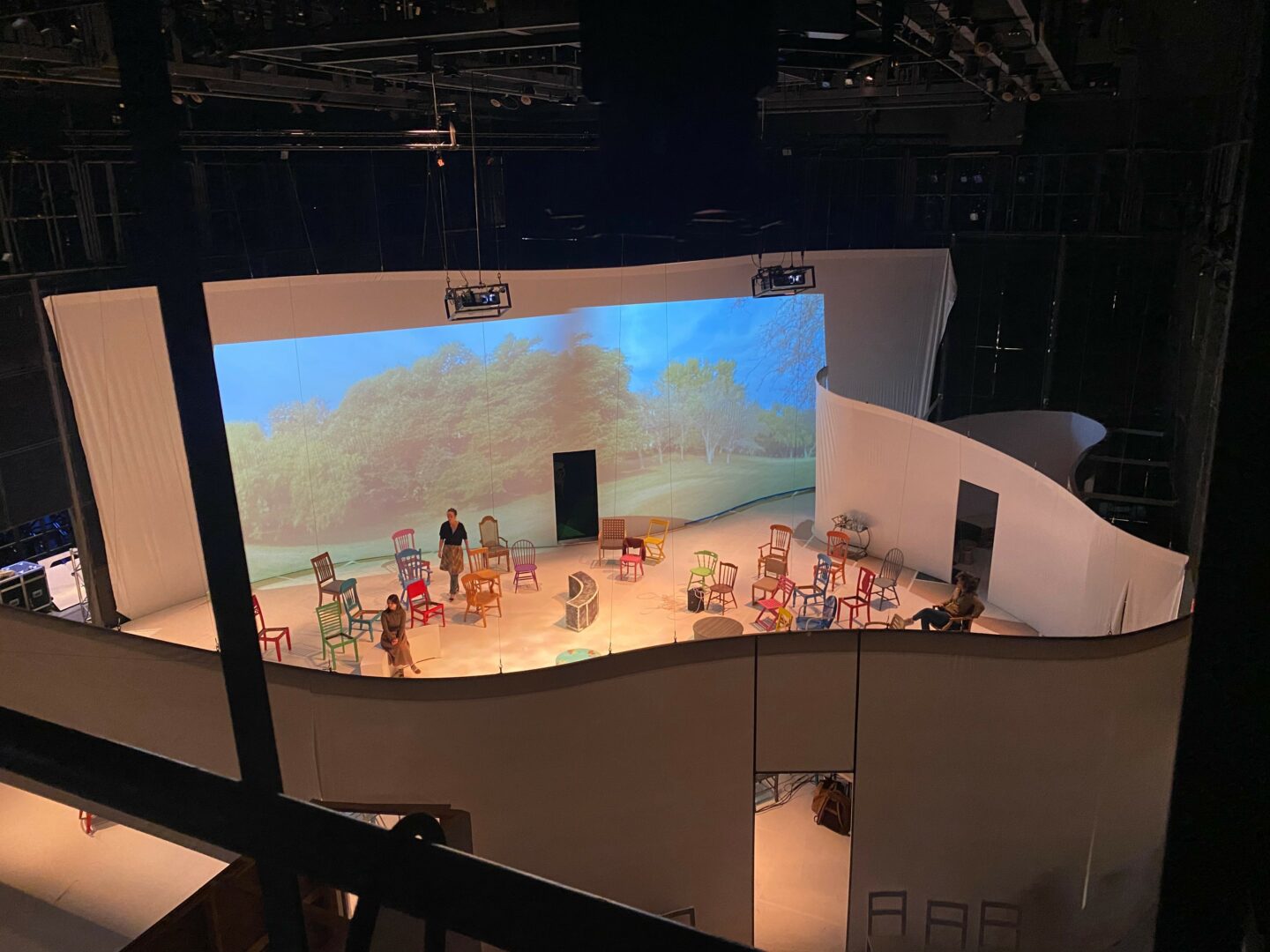
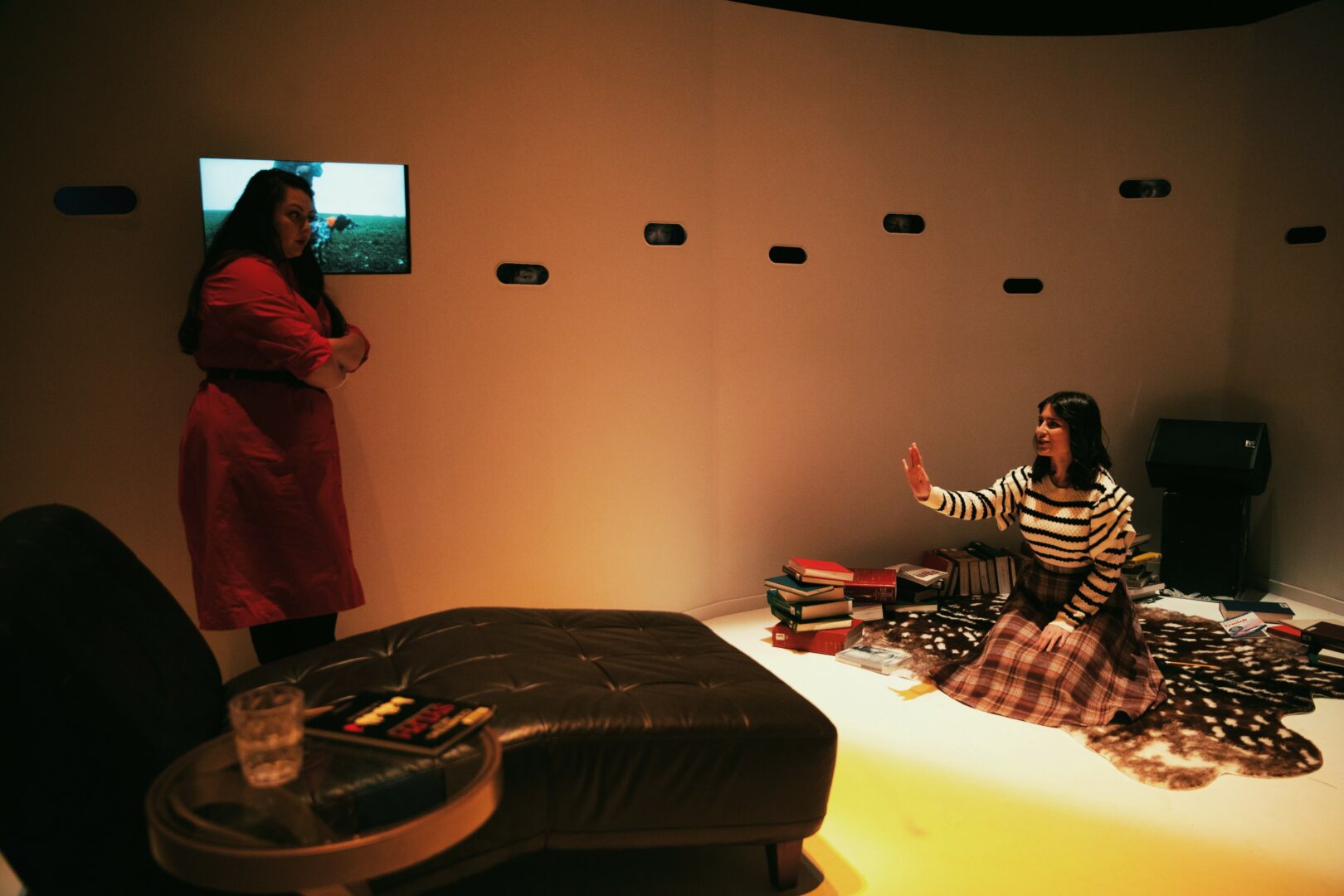
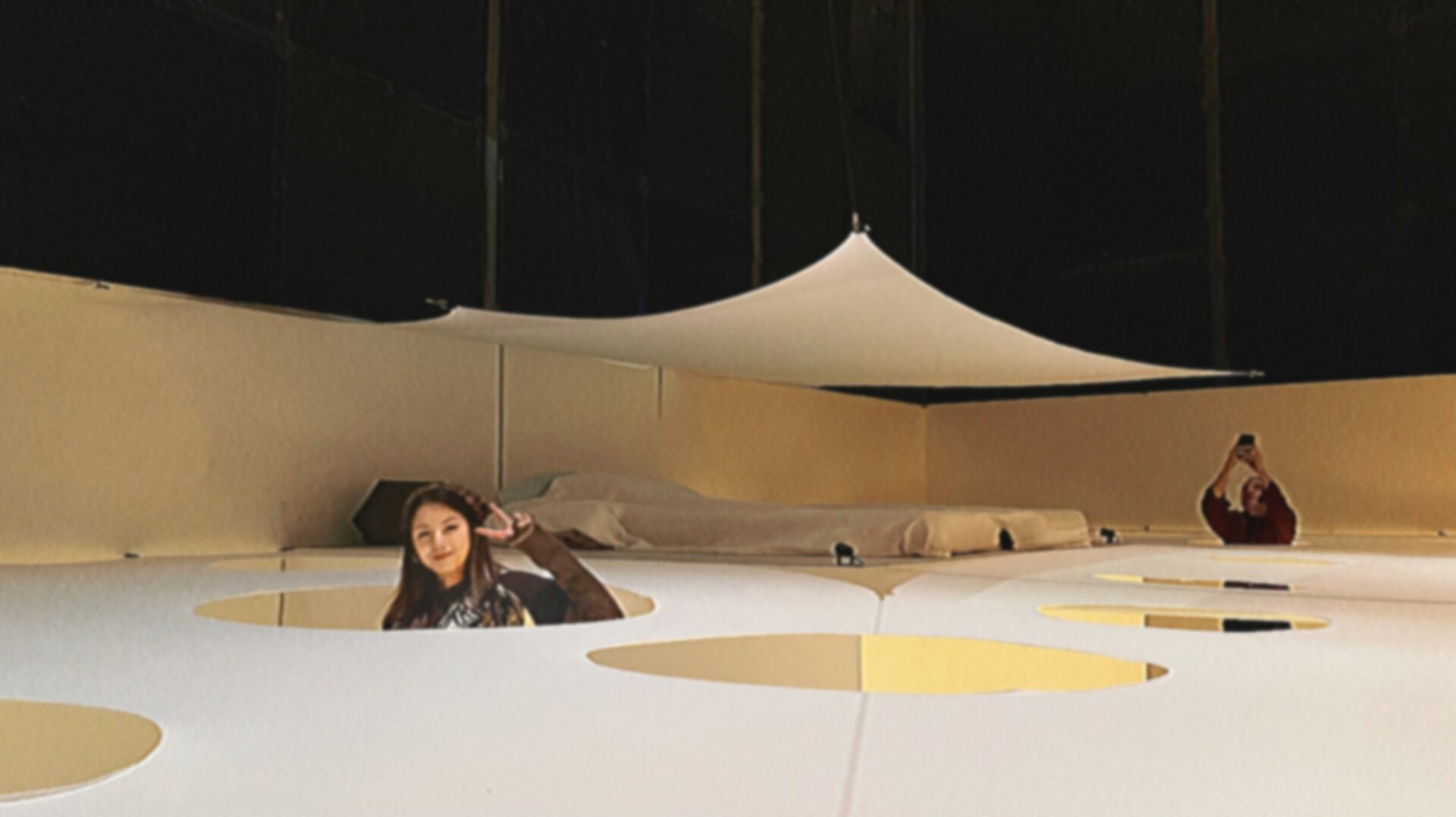
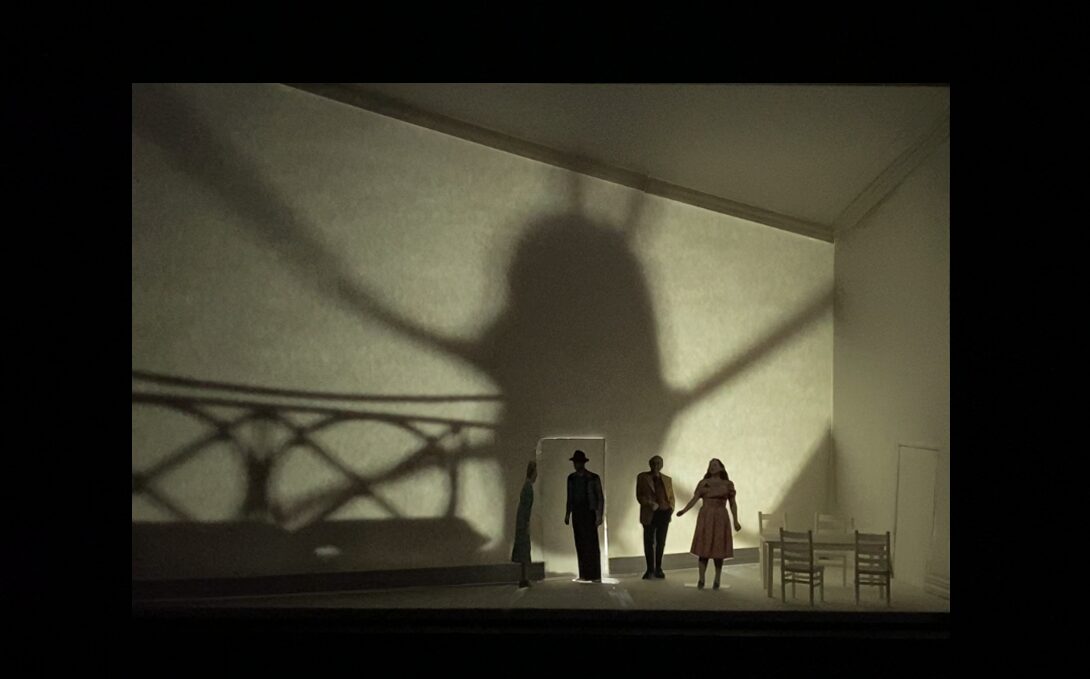

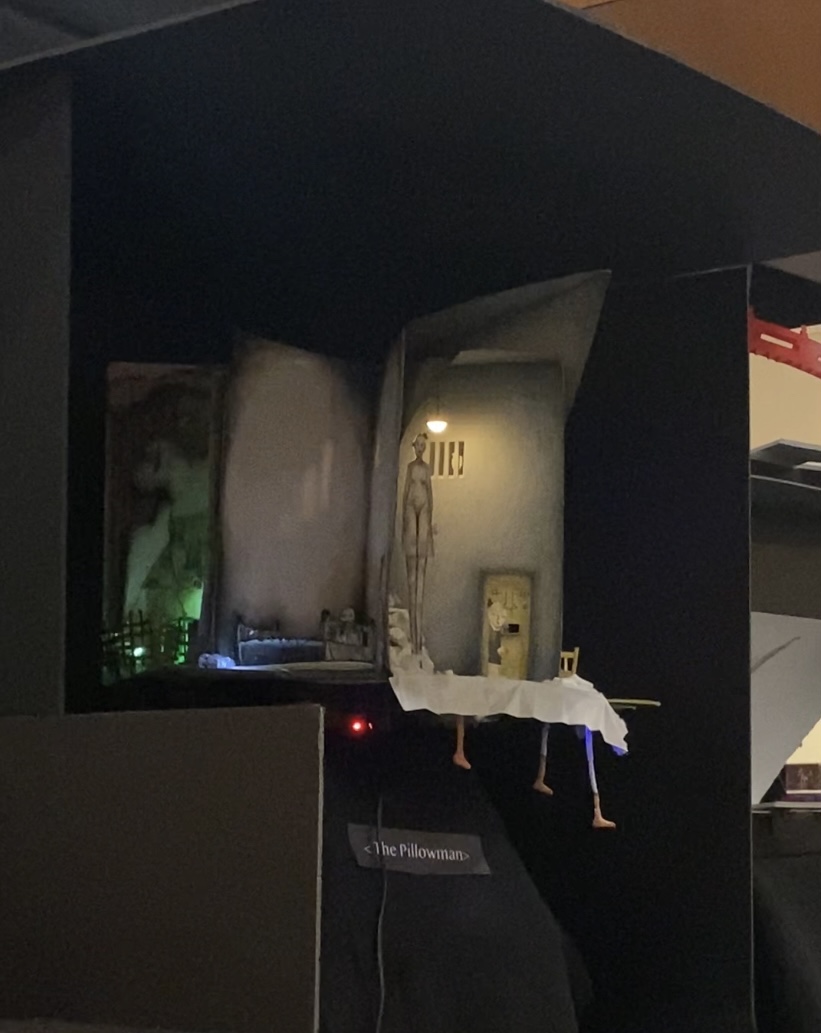
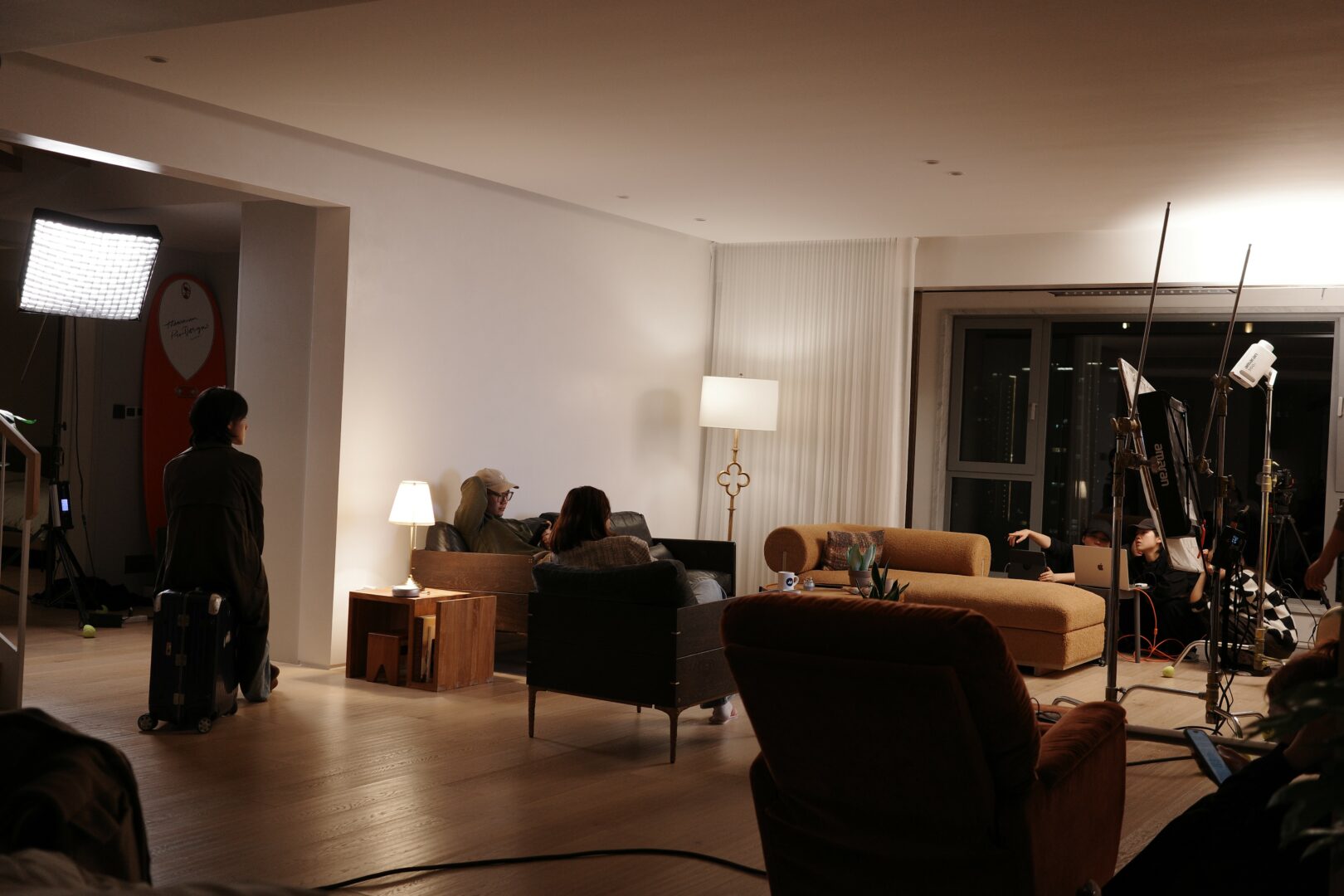
Image Credits
Najing Cen


